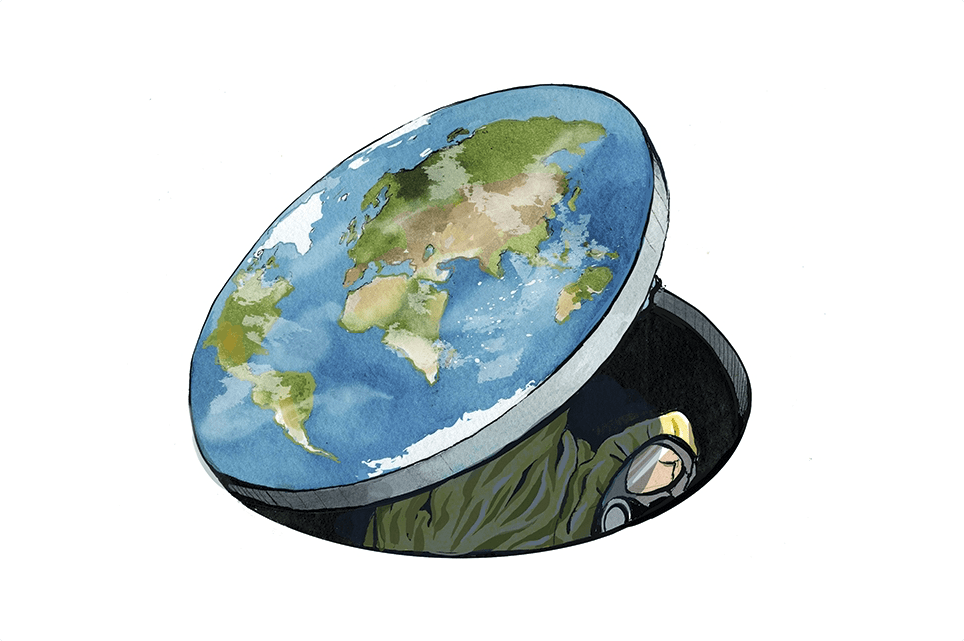So, the third wave is officially no more. New modelling by SPI-M, the government’s committee on modelling for pandemics, has, at a stroke, eradicated the predicted surge in new infections, hospital admissions and deaths which it had pencilled in for the autumn or winter as a result of lockdown being eased.
Previous modelling published in April suggested that we could end up with 20,000 in hospital — higher than during the first peak last April. Now the third wave is looking less like the swell off Newquay during an Atlantic storm and a little more like a ripple on the Serpentine. The central predictions for the next peak in hospitalisations, according to the three modelling groups that feed into SPI-M, are as follows: Imperial College London, 4,200; Warwick, 4,640; and the London School of Hygiene and Tropical Medicine, 5,700. All three estimates are based on stages three and four of the lockdown easing roadmap going ahead as planned. By contrast, yesterday’s government figures put the number of people currently in hospital suffering from Covid-19 at 1,152.
But why did SPI-M ever come up with such a pessimistic scenario? As I wrote here on 6 April, the Imperial, Warwick and the London School of Hygiene and Tropical Medicine teams were then using remarkably low assumptions regarding the efficacy of the Pfizer and AstraZeneca vaccines — far lower than that suggested by the data from Phase 3 trials and real world data emerging from the vaccine rollout.
This hasn’t changed. The three modelling groups are still using efficacy assumptions that are way out of line with the trial and real world data. Imperial, for example, uses a central assumption that the AstraZeneca vaccine reduces symptomatic illness by 63 per cent after two doses, and a pessimistic assumption that it reduces symptomatic disease by just 50 per cent. By contrast, the Phase 3 trials found two doses of AstraZeneca to reduce symptomatic illness by 70 per cent. Subsequent US trials have upped this to 76 per cent. Moreover, Imperial assumes no additional efficacy from a second dose of AstraZeneca. Is Imperial trying to say that the second dose — a cornerstone of the government’s vaccination strategy — is a complete waste of time, and if so, on what evidence is it basing that conclusion?
Imperial assumes two doses of AstraZeneca will only reduce the danger of death by 80 per cent; LSHTM assumes 90 per cent and Warwick 90 per cent. Again, these assumptions are much more pessimistic than the real world data shows. LSHTM assumes that the effectiveness of vaccines will wane by 15 per cent over the course of six months — with the implication that people who received their vaccinations in January will already start to be more vulnerable come July. Yet trial data released by Pfizer in early April suggests minimal decay in efficacy over six months — after that period the vaccine was still found to prevent 91.5 per cent of symptomatic cases, compared with 95 per cent immediately after inoculation.
As Philip Thomas explained here on Sunday, Imperial College has also assumed strangely low estimates for the number of people in Britain carrying antibodies. If you are going to use assumptions that are far more pessimistic than real world data suggests, it is small wonder that SPI-M keeps predicting waves and surges that turn out to be wide of the mark. The question is: why are these modelling teams using such negative assumptions?







Comments